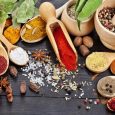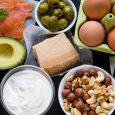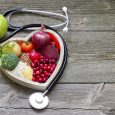Why Souping is the New Juicing
Souping is the new diet buzzword going through the talk shows and magazines these last few months, with souping diets popping up everywhere. People are saying that, for so many reasons, souping is about to overtake juicing in popularity.
Everybody has heard of the juicing craze, putting fresh fruit and vegetables through a juicing machine to get pure juice that is full of antioxidants, minerals and vitamins. But critics say that juicing is just drinking empty calories.
Now, in a world full of drive-thru burger joints and Super Big Gulps, how can it be bad to drink freshly squeezed juice? Some health care professionals say that drinking pure juice is just as bad as slugging down a glass full of sugar water.
Souping has emerged as the new popular way to get the same nutrients as juice, but without the sugar. People are now doing soup cleanses, sometimes eating nothing but soup for days. The logic makes sense if you are trying to diet – eat soup that will fill you up with very few calories and you will eventually lose weight.
Souping
Souping is simply just eating soup for a certain length of time. Diet books are now available that walk you through a system of eating soup to lose weight.
One important factor is that, when you are souping, the vegetables stay intact and they retain their fiber. With juicing, the fiber is taken out. The human body needs the fiber from produce to keep us regular. It also slows down the absorption of sugar into the blood. This is important, especially for people with diabetes, because it helps to stabilize blood sugar levels. Without the fiber, an apple can have nearly the same effect on your blood sugar as a can of soda. With soup you get the vitamins, minerals and the fiber that vegetables provide.
The souping trend is backed up by some serious scientific studies that have been going on for years. Researchers have been telling us that, when we eat more soup, we tend to eat less of other things. Having soup, you can have something low in calories and you’ll feel full.
Juicing is not as great as we thought
Studies are coming out to tell us that juicing is not the holy grail of health the way we were led to believe. One reason is that the sugar content is hard on your teeth. Another complaint is that the lack of fiber causes you to not be able to absorb all the nutrients you are getting. Some researchers are saying that juicing will pack on the pounds and that all the sugar in juicing makes it just as bad as drinking a can of soda. Health experts are saying it’s much better to eat a piece of fruit than it is to juice or blend it. Juicing damages the produce and takes away so many of the elements that are good for us. Again, with the fiber, it keeps us regular, which protects us from colon cancer and helps to balance out our gut bacteria.
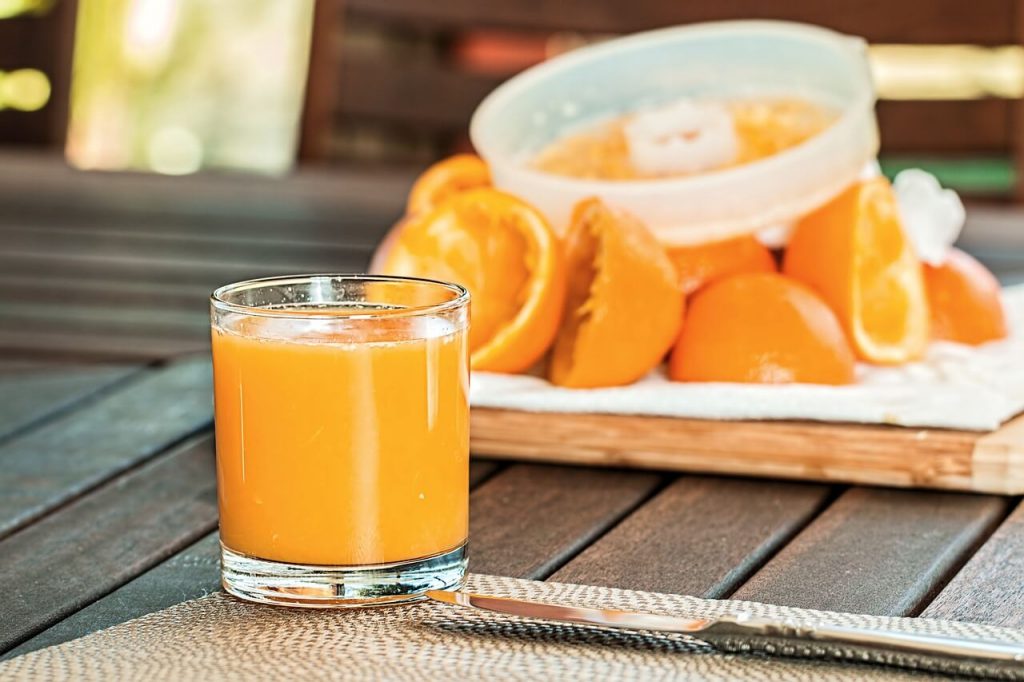
Fiber
Sugar from the food you eat causes insulin spikes, which lock fat into your cells. The fiber in fruit and vegetables prevents insulin spikes and keeps blood sugar steady. Fiber slows carbohydrate digestion. Vegetables are better at preventing insulin spikes than fruit.
Larger pieces of vegetables are the best at blocking sugar. Ingredients in a soup, such as carrots, cruciferous vegetables and green beans are excellent for your blood sugar but should not be overcooked. And the less cooked a vegetable is, the more it will fill you up.
Fiber also aids our immune system and can help prevent Irritable Bowel Syndrome. Just drinking juice can lead, not just to constipation, but also cause serious blockages in our bowels.
Volumetrics
Volumetrics is a diet created by Barbara Rolls, PhD. The concept is that you can eat a lot of low calorie foods that will make you full rather than eat high calorie foods that might leave you hungry. It’s an excellent idea and really pertains to souping as you can eat a lot and feel full on fewer calories.
For example, you could sit down to have a small cheese snack and consume 200 calories. Pretty soon you would feel hungry again. Now, if you have 200 calories of soup, it would be a much larger portion. The cheese snack would leave you feelinghungry because it won’t take up much room in your stomach and you will have to eat again sooner. The soup will fill up your stomach and you can go longer without eating again. With soup, you’ve got the “low energy density” factor. Soup provides you with the low energy density because the veggies are very low calorie and the liquid gives it more volume.
The beauty of Volumetrics, and how it pertains to souping, is that both concepts are very flexible with such a wide range of food selections. However, Volumetrics and souping are not a quick-fix, fad diet, they are a more sustainable lifestyle choice.
Soup study
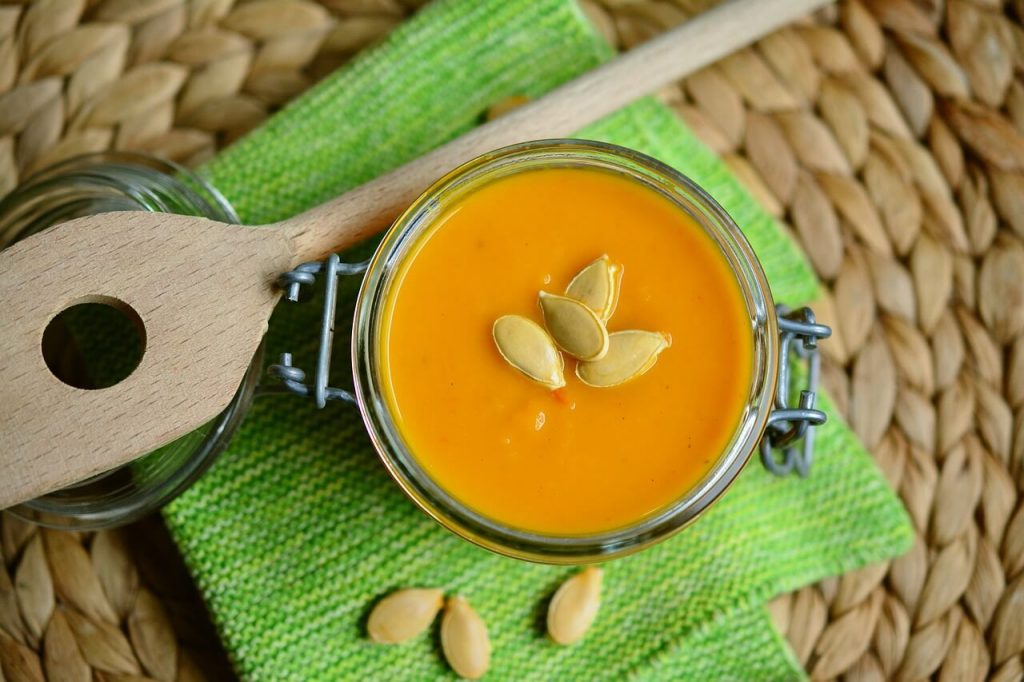
A study was done, between 2003 and 2006, on 4158 adults in the US. Their soup consumption was being monitored by questionnaire. Participants recorded what they were eating and researchers found that people who did not eat soup had a higher chance of being overweight or obese.
Normal weight people were eating more soup and had lower levels of HDL cholesterol. Waist circumference was lower in soup consumers, and there was a linear decrease in BMI and waist circumference as soup consumption increased.
Soup is a low energy density food and is very filling. Soup consumption is associated with less appetite and will result in eating less and a lower risk for obesity. The researchers came to the conclusion that the general public should eat more soup.
Pre-Loading with Soup
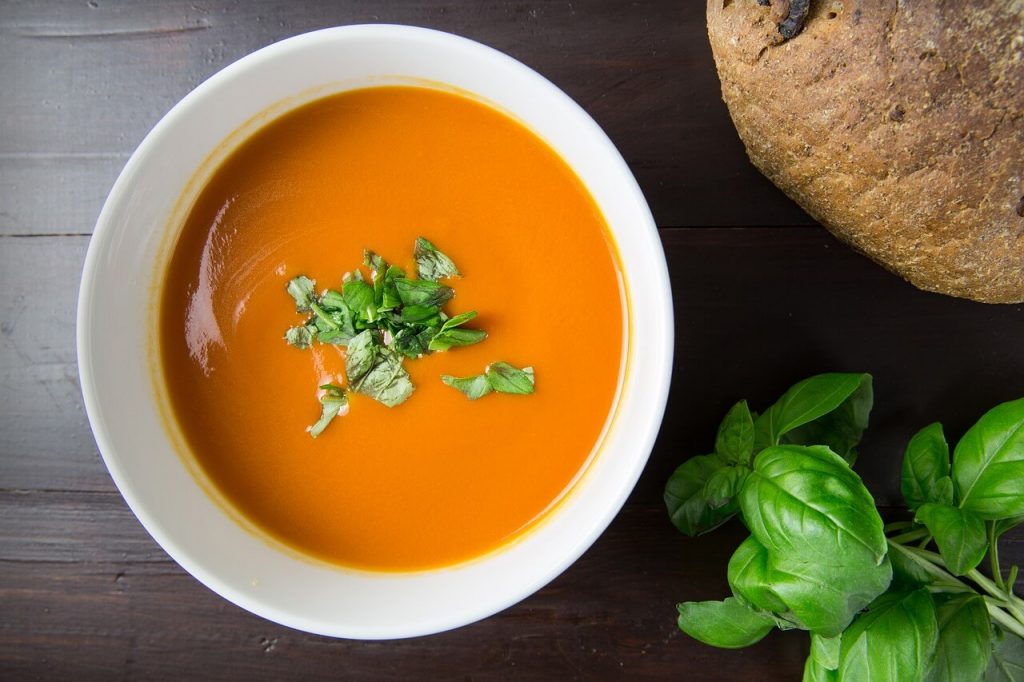
Not everyone wants soup as a meal. In many cultures soup is served before the meal. In scientific circles they call this pre-loading.
A study was published by the National Institutes of Health in 2008 that states that soup “pre-loading” reduces energy intake. The hypothesis was that, having a low-energy-dense soup before a meal would cut down on the amount of food eaten during the meal.The vegetables and broth fill you up, leaving less room for anything else.
The study consisted of 60 adults, 30 men and 30 women. There was also a control group, which ate no soup before their lunch.
Test subjects were given the soup first and then waited 15 minutes before being given the test meal, which was lunch. Test subjects had the exact same breakfast at the exact time for the duration of the study. Test subjects were told to eat as much or as little as they wanted.
The result was that test subjects ate a great deal less of the main meal after eating the soup, compared to a control group. Subjects, on average, ate 20% less of the test meal.
Participants rated their hunger before they ate the test meal. Those who had the soup rated their hunger a lot lower than participants who didn’t have soup.
After lunch participants were asked to rate their hunger. Both the soup eaters and those who didn’t get soup all generally reported being full, even though the soup pre-loaders had consumed less calories and a greater weight of food.
Another pre-loading study with 24 women, to find out how drinking water in a glass with a meal versus water in soup, would affect their satiety. One group was given a chicken and rice casserole with a glass or water. The other group was given the exact same ingredients and amount of water but as a soup. They ate breakfast, lunch and supper in a laboratory. Increasing the volume of the pre-load (soup) and lowering the energy density caused the women to feel more full and less hungry.
The women who had the soup ate much less at lunch and they did not end up eating more for supper to compensate for the low-energy-density lunch.
From these pre-loading studies it is easy to see that souping can be a part of a daily routine of eating nutritious, balanced meals. Souping can be a lifestyle choice that can be part of a weight-loss regimen or a technique for weight maintenance.
Power Souping
A book has recently come out that is very popular and the author, Rachael Beller, is doing the rounds of the talk shows. The book is called Power Souping. It starts with a 3-day detox, where you consume nothing but soup, even for breakfast, though the breakfast “soup” is really a smoothie.For the next three weeks you have one meal per day of only soup. The soups generally consist of a base of vegetables, then a protein and a topping. Beller points out that soups are better than green juices because, a soup made of vegetables is usually more palatable than a green juice.
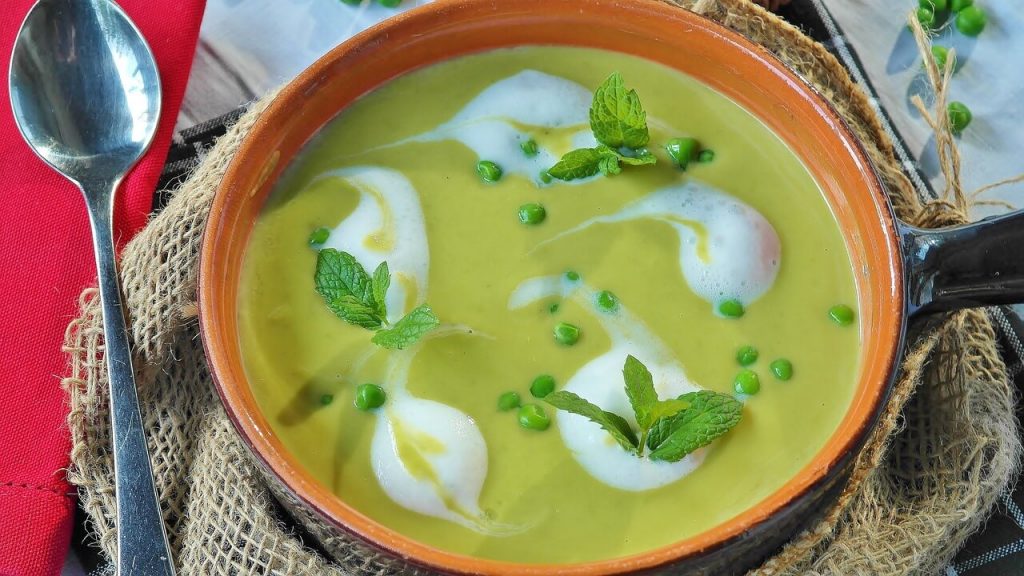
28-Day Soup Cleanse to Lose Weight
The 28-Day Soup Cleanse to Lose Weight is a series of videos by vlogger Joanna Soh, Registered Dietician. All of her information, including recipes, are free on YouTube.
Soh says that people who consume a bowl of soup before a meal end up consuming 20% less during that meal and they also eat less for the rest of the day. Her diet consists of 2 homemade soups a day. Her plan gets you most of your recommended portions of fruit and vegetables, 5 a day. Her recipes are great for digestion and constipation and the ingredients are cheap, comforting, and especially easy on the stomach when ill.
Nutrients
There is a much wider variety of nutrients that can go into soups that just don’t lend themselves well to juicing. You can add healthy fats into soups and souping has a wider variety of ingredient possibilities such as herbs, spices and bone broth. Beans, nuts and seeds are extremely healthy in soup and not often found in juice. Soup can even pack in an entire food group missing from juicing – dairy.
A variety of whole grains also go very well in soup and you just can’t get that in juicing. Every food group can be added into a soup and it can be a balanced meal. Going on a juice cleanse and having nothing but juice can spike your blood sugars over and over during a day.
Proponents of juicing tout the fact that when you’re juicing you are getting produce fresh and raw, which means the nutrients haven’t been damaged or broken down. Some people believe that raw produce is healthier than cooked veg, but is it? Some vegetables are actually healthier cooked than raw. Your body is better able to absorb the nutrients of the vegetables after they have been cooked because the cell walls of the nutrients have been broken down. And some veggies are entirely better for you after being cooked, such as spinach, tomatoes and cruciferous vegetables.
Time
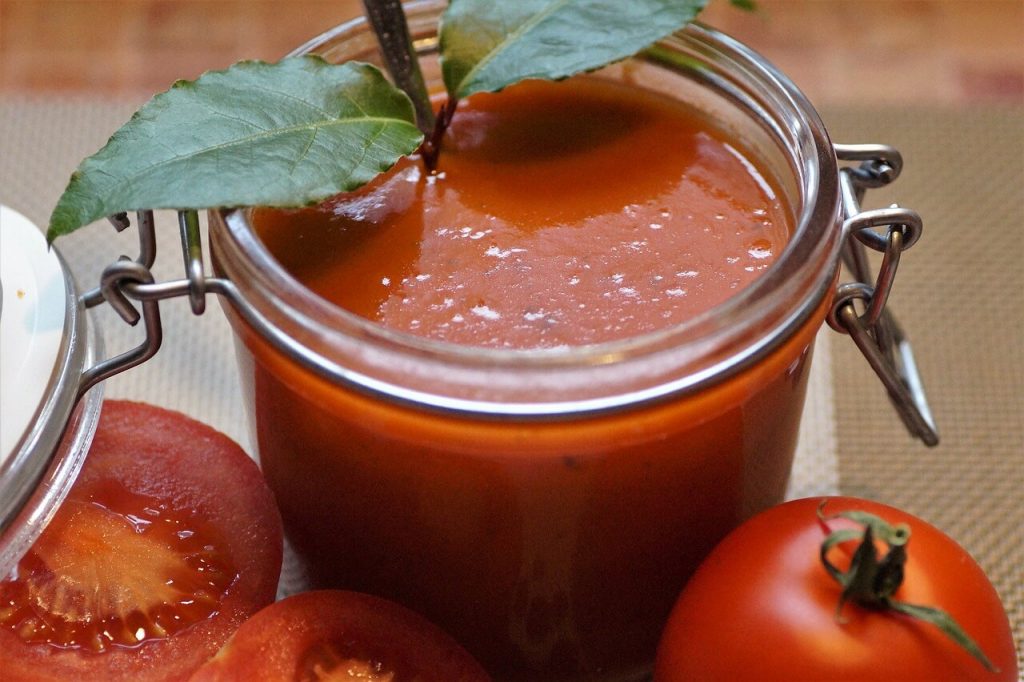
Juicing takes up a lot of time. You have to shop for produce, prep it, juice it and then do the clean up. Juice does not store well, it typically separates into layers once it is left in a container. If you are solely juicing you will have to repeat this process many times in a day.
With soup you can make it once a day and it stays nice for the whole day. In fact, soup can be kept in the fridge for 5 days and in the freezer for 5 months. Do a big cooking session and you will have meals for months to come.
Cost
To start out juicing the first step is to run out and buy a juicer, which can be very expensive. The most common juicers run between $50 to $250.The next step is to buy the produce. Because you are only getting the juice from the produce, you have to buy a lot of fruit and veggies to make just a little bit of juice. Juicing is wasting the healthy pulp and wasting money too. Don’t you want to eat everything you have paid for? With souping, the produce you buy goes into the soup, there is not pulp left over. You are eating almost everything that you paid for.
Weight loss
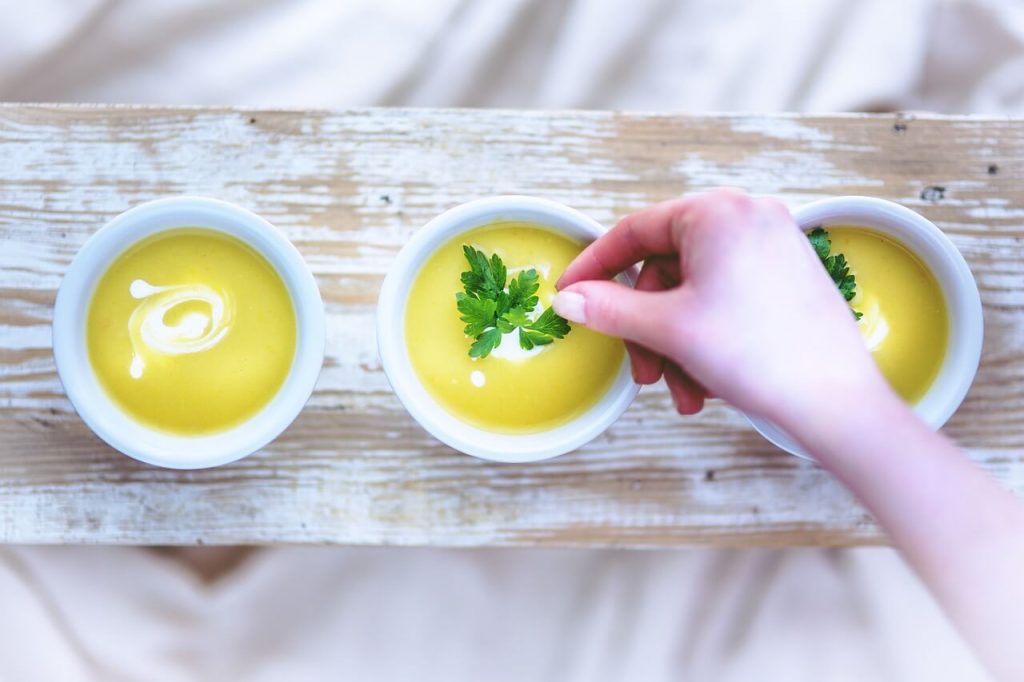
Souping is excellent for weight loss, without argument. Imagine you have 1 cup of lean chicken and 3 cups of vegetables and 3 cups of water. If you have this as a meal with the water to drink, you will be hungry sooner than if you blend it all into a soup. Mixing water into food slows down how long the meal spends in your stomach, keeping you fuller for longer.
Juice is full of sugar and does not fill you up. It doesn’t stay in your stomach very long so you will experience swings in your blood sugar. Souping has less sugar because it does not typically contain fruit. The fiber from the vegetables stays in your stomach, which also keeps you satiated longer. Soup can make you feel full on very few calories. It also contributes to the amount of water you are supposed to drink in a day, which is good because very few people actually get the 8 glasses per day recommended.
Cleaning
Another major problem with the juicing is how inconvenient it is to do the appropriate amount of cleaning up after the juicing is done. There can be serious health consequences if the juicer is not properly cleaned. Juicers who communicate on Reddit often complain that there are too many parts of the juicer to clean in a reasonable amount of time. One Reddit user said that she bought an excellent juicer for $200 and loved the juice but she gave it away after a week because it was too much of a pain to clean. Another reviewer said that he would juice if the juice could be stored for later use. The best part of juicing however is that it’s fresh.
Juicing problems aren’t just at home. A study was done in 2011 to look at the cleanliness of juicers in the high end juicing establishments. The study showed that some of the juicing machines were not being cleaned properly and contained microbes such as salmonella and E.coli. There are nooks and crannies that are hard to reach and it takes dedication to keep a juicer properly clean.
Drawbacks of souping
Some people are calling souping a crazy new dieting fad and saying that it could have devastating effects. Some dieticians are warning that souping causes people to not get enough protein, which can cause muscle wasting. If you are a vegetarian or vegan, make sure you add ingredients such as beans, almonds, cashews, tofu, lentils, quinoa, or almond milk, which are excellent sources of protein. Some dieticians say it’s nothing but a fad and it is best to just eat a balanced diet. Health care professionals warn that doing any kind of extended fast can lead to binge eating once the fast is through.
However, the fact remains that eating soup can drastically increase the amount of servings of vegetables a person can get in a day. Also, it can’t be ignored that all of the recipes in the new souping diet books provide the proper nutrition for entire balanced meals.
Children and Soup
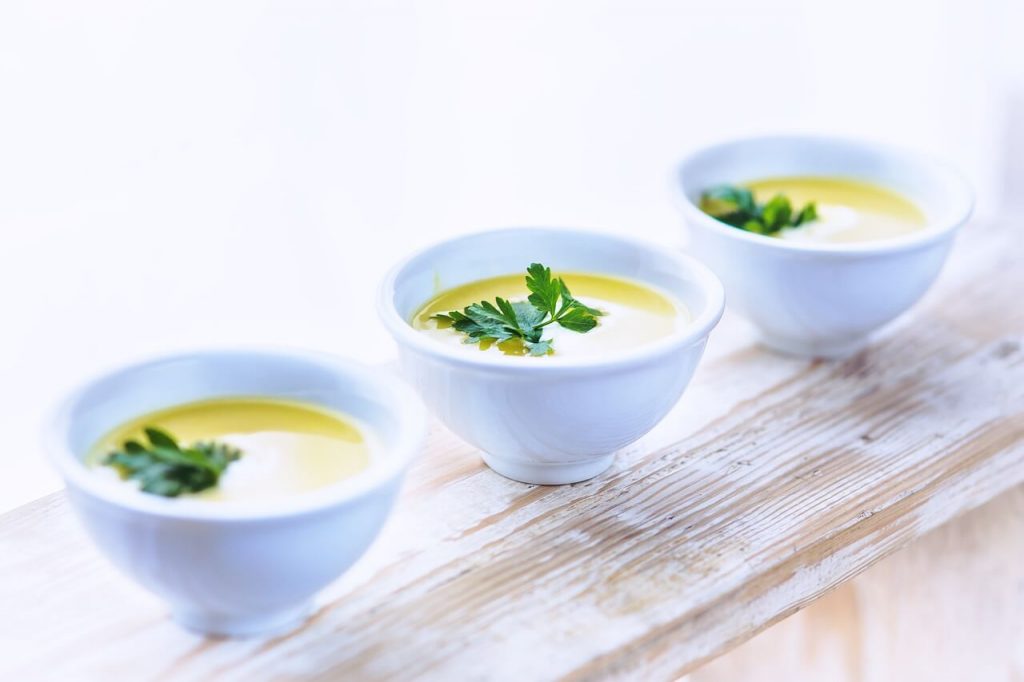
Obesity rates in children are rising and it is to the point where health care professionals and parents are very concerned. On average 30% of children and teens are now overweight or obese and researchers are looking into new ways to lower these numbers. A study was done to see if feeding children soup before a meal could help cut down on the number of calories consumed during the meal. They were also looking to see if they could increase overall vegetable intake. Children between the ages of 3 to 5 were studied at lunchtime in their daycare. They were served different amounts of vegetable soup each day. Researchers found that the children ate more vegetables overall and consumed less calories the more soup they had, compared to the days they did not have soup.
Souping can be a healthy, sustainable habit that you can introduce into your life in a balanced way. There are cleanses and detoxes available but souping can also be as simple as having a soup before supper or choosing to have soup for lunch three times a week. The medical research shows that adding soup to your diet can help you to lose weight, eat less, consume more vegetables and reduce waste circumference. With so many recipes available, many of them free online, it shouldn’t be hard to get this healthy habit started today.







